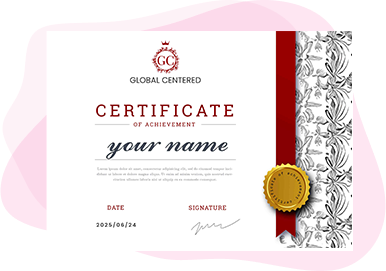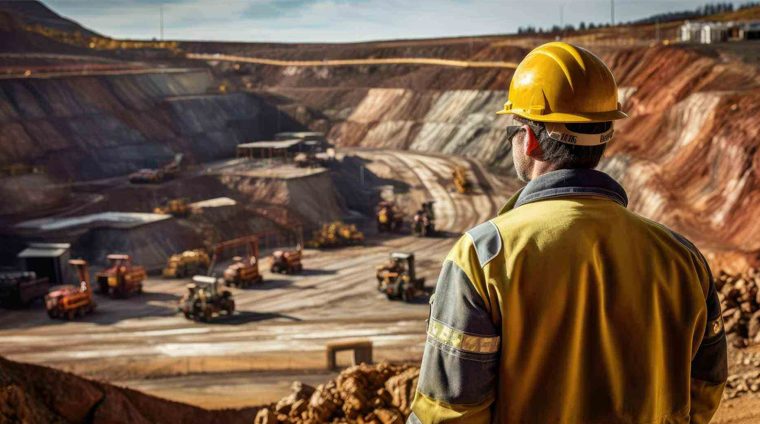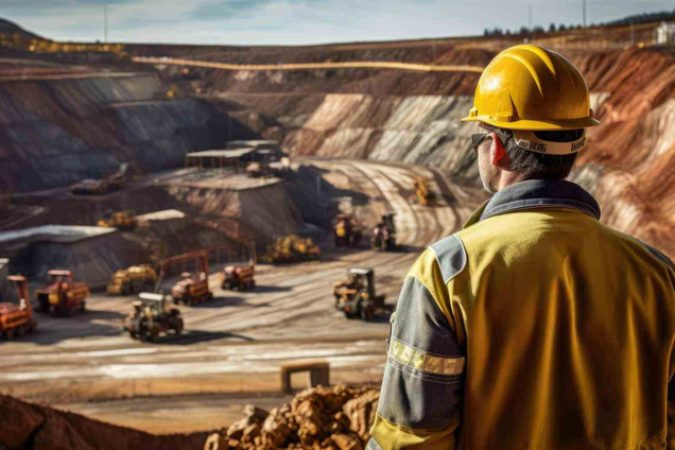GMSGT-Structural Geology and Tectonics in Mineral Exploration 01
Introduction
This beginner-level course provides an introduction to structural geology and tectonics and their significance in mineral exploration. Participants will learn fundamental concepts related to rock deformation, faulting, folding, and how these structural features control the formation and localization of mineral deposits. Special emphasis will be placed on phosphate, gold, and bauxite deposits and their relationship with geological structures.
Date
Day | Time | Price | Country |
|---|---|---|---|
Mon – Wed | 8:00 – 10:00 | $5/hrs | Turkey |
Tue – Thu | 18:00 – 19:00 | $5/hrs | Turkey |
Wed – Fri | 20:00 – 21:00 | $5/hrs | Turkey |
Sat – Sun | 18:00 – 19:00 20:00 – 21:00 | $8/hrs | Turkey |
This Training Course Will Highlight
- Basic principles of structural geology and tectonics.
- Rock deformation, stress, and strain in mineralized systems.
- The role of faults, folds, and fractures in ore formation.
- Plate tectonics and metallogeny – understanding mineral deposit locations.
- Introduction to field mapping and structural analysis techniques.
Objectives
- Understand the fundamentals of structural geology and its relevance to mineral deposits.
- Learn about the relationship between tectonic processes and mineral formation.
- Identify structural controls on ore deposits (faults, shear zones, and fold systems).
- Gain an overview of field mapping techniques for structural geology.
- Develop an understanding of tectonic settings associated with phosphate, gold, and bauxite mineralization.
Training Methodology
- Instructor-led lectures on structural geology fundamentals.
- Hand specimen analysis of common structural features.
- Basic field mapping exercises using geological maps.
- Structural interpretation of cross-sections and field data.
- Discussion of case studies related to structural controls on mineralization.
- Case Study: The impact of structural features on a phosphate, gold, or bauxite deposit.
Organizational Impact
- Enhances early-stage exploration capabilities through structural mapping.
- Improves exploration targeting efficiency by understanding structural controls.
- Strengthens interdisciplinary collaboration between geologists and mining engineers.
- Provides a systematic approach to identifying and evaluating mineralized zones.
- Supports better decision-making in exploration project planning.
Personal Impact
- Develops fundamental skills in structural geology and field mapping.
- Enhances interpretation of structural features in exploration.
- Strengthens knowledge of ore deposit formation and geological settings.
- Expands career opportunities in mineral exploration and economic geology.
- Builds confidence in structural data collection and analysis.
Who Should Attend?
- Entry-level geologists and mining engineers.
- Junior exploration geologists in mining companies.
- Government and regulatory personnel involved in mining oversight.
- Environmental geologists working in mine development and land use planning.
- Undergraduate geology and mining students.
- Technical staff in geological survey organizations.
- Professionals transitioning into the field of mineral exploration.
Course Outline
Day 1
Introduction to Structural Geology and Rock Deformation- Definition and scope of structural geology in mineral exploration.
- Types of stress and strain in the Earth’s crust.
- Brittle vs. ductile deformation and their significance.
- Introduction to faults, folds, joints, and shear zones.
- Structural geology mapping tools and techniques.
- Structural analysis of a known phosphate deposit.
Day 2
Faults, Fractures, and Shear Zones in Mineralization- Types of faults (normal, reverse, strike-slip) and their ore-deposit significance.
- Fractures and their role in hydrothermal fluid movement.
- Shear zones and their association with gold deposits.
- Structural traps for ore mineralization.
- Field techniques for fault and shear zone mapping.
- The role of shear zones in gold mineralization.
Day 3
Folding, Rock Fabrics, and Their Influence on Ore Deposits- Types of folds and their relationship to mineral deposits.
- Cleavage, schistosity, and foliation – rock fabrics in exploration.
- Metamorphism and mineralization – how deformation alters ore bodies.
- Structural geology of bauxite deposits in folded terrains.
- Interpreting geological cross-sections and structural maps.
- Fold-controlled bauxite mineralization.
Day 4
Tectonic Settings and Metallogeny- Plate tectonics and ore deposit formation.
- Phosphate deposits in passive margin settings.
- Gold deposits in orogenic and epithermal settings.
- Bauxite deposits in lateritic and karstic environments.
- Tectonic evolution of mineralized belts worldwide.
- Tectonic evolution of a major gold province.
Day 5
Structural Mapping, Field Data Collection, and Interpretation- Geological field mapping of structural features.
- Use of stereonets for structural analysis.
- Collecting and analyzing structural field data.
- Integrating structural and geochemical data for mineral targeting.
- Pitfalls and challenges in structural geology interpretation.
Cancellation policy
no refund is accepted
Certificate


Step Into a World of Knowledge and Growth
Courses you might be interested in
-
0 Lessons
-
0 Lessons

